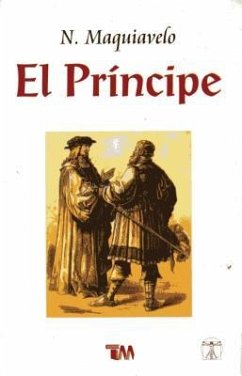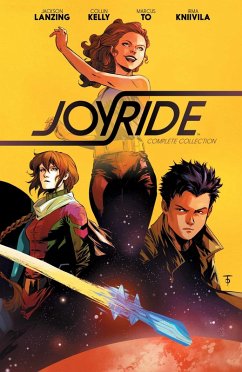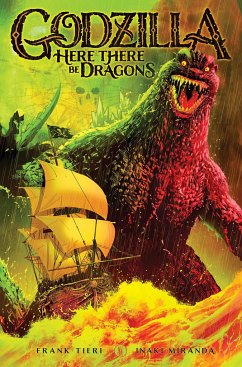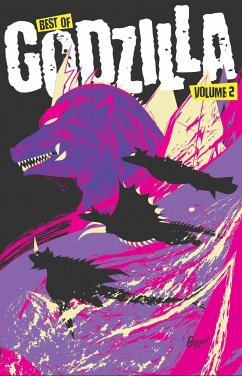Nicht lieferbar
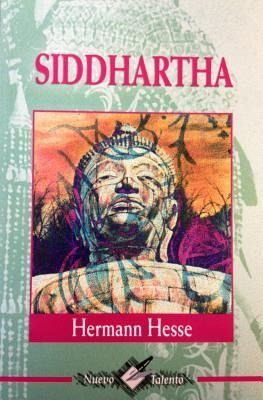
Hermann Hesse
Broschiertes Buch
Siddhartha
Versandkostenfrei!
Nicht lieferbar



Siddhartha
Produktdetails
- Verlag: Tomo
- Erscheinungstermin: 1. Juli 2013
- Spanisch
- Abmessung: 203mm x 134mm x 12mm
- Gewicht: 142g
- ISBN-13: 9789706272010
- ISBN-10: 9706272011
- Artikelnr.: 39549032
Herstellerkennzeichnung
Libri GmbH
Europaallee 1
36244 Bad Hersfeld
gpsr@libri.de
Für dieses Produkt wurde noch keine Bewertung abgegeben. Wir würden uns sehr freuen, wenn du die erste Bewertung schreibst!
Eine Bewertung schreiben
Eine Bewertung schreiben
Andere Kunden interessierten sich für



